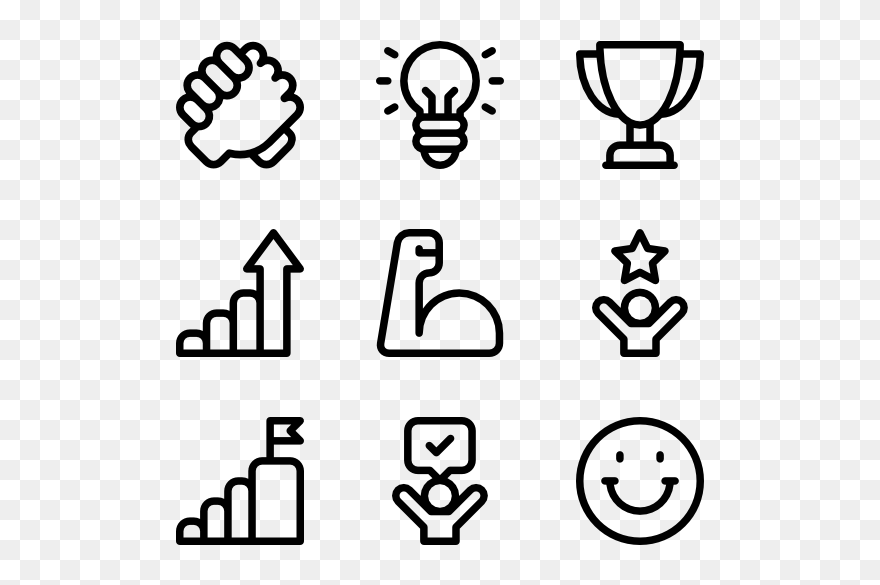Title: Techniques for Active Listening in Therapy and Counseling
Introduction: 🌟 Welcome to an insightful article on techniques for active listening in therapy and counseling! As AckySHINE, your friendly Communication and Interpersonal Skills Techniques expert, I'm here to provide you with valuable advice and strategies to enhance your listening skills in a therapeutic setting. Active listening plays a crucial role in establishing rapport, understanding clients' needs, and fostering a positive therapeutic relationship. So, let's dive into the wonderful world of active listening techniques!
-
Maintain Eye Contact: 👀 Establishing and maintaining eye contact with your clients demonstrates that you are fully engaged and attentive. As AckySHINE, I recommend focusing on your client's eyes, as this helps convey empathy and encourages open communication.
-
Use Verbal and Nonverbal Cues: 💬🤚 Acknowledge your clients' words and emotions by using appropriate verbal and nonverbal cues. Nodding your head, using facial expressions, and making affirming statements like "I understand," or "That must have been challenging," show that you are actively listening and empathizing with their experiences.
-
Reflecting and Paraphrasing: 🙌✨ Reflection and paraphrasing are powerful active listening techniques that involve summarizing and restating your client's thoughts and feelings. By doing so, you demonstrate your understanding and validate their experiences. For instance, you might say, "It sounds like you're feeling overwhelmed because of the recent changes in your life."
-
Clarifying and Asking Open-Ended Questions: 🔎🗣 Clarifying and asking open-ended questions is paramount in active listening. These techniques help you gather more information and encourage clients to share their thoughts and feelings in-depth. For example, you could ask, "Can you tell me more about how this situation has been affecting your daily life?"
-
Avoid Interrupting: ⏰ Practice patience and avoid interrupting your clients while they are speaking. Allow them to express themselves fully, without feeling rushed or judged. Remember, active listening requires giving your undivided attention and creating a safe space for them to share.
-
Reflective Summaries: 📝 At suitable intervals, provide reflective summaries of the client's main concerns, thoughts, or feelings. This technique helps consolidate what has been discussed and allows clients to further reflect on their experiences. For instance, you could say, "Throughout our session, it seems like your main concerns revolve around managing stress and improving self-esteem."
-
Empathetic Listening: 🤝💞 Empathy is the heart of active listening. As a therapist or counselor, demonstrating empathy through your words, facial expressions, and body language helps clients feel understood and supported. Acknowledge and validate their emotions, showing them that you genuinely care.
-
Mindfulness and Nonjudgmental Attitude: 🧘♂️🙏 Cultivating mindfulness and adopting a nonjudgmental attitude are essential in active listening. As AckySHINE, I recommend being fully present in the moment and suspending any personal biases or preconceived notions. This creates an atmosphere of trust and allows clients to express themselves freely.
-
Silence is Golden: 🤫 Sometimes, silence can be a powerful tool in active listening. Allowing brief pauses in the conversation gives clients the opportunity to collect their thoughts and delve deeper into their experiences. Embrace the silence and let it work its magic.
-
Use Open Body Language: 💪🤗 Adopting open body language, such as facing your clients directly, keeping your arms uncrossed, and leaning slightly forward, conveys warmth and approachability. This encourages clients to open up and share more freely.
-
Active Listening through Technology: 📱💻 In today's digital era, therapists and counselors can also utilize technology to enhance active listening. Video sessions, chat platforms, or emails provide clients with a safe space to express themselves, even from the comfort of their own homes. Remember to adapt your active listening techniques accordingly to maximize therapeutic outcomes.
-
Reflective Journals: 📓 Encourage clients to maintain reflective journals to help them process their thoughts and emotions outside therapy sessions. These journals provide an opportunity for self-reflection and personal growth, further enhancing the active listening process.
-
Cultural Sensitivity: 🌍 As a Communication and Interpersonal Skills Techniques expert, I emphasize the importance of cultural sensitivity in active listening. Being aware of cultural differences and understanding how they may impact communication helps create a safe and inclusive therapeutic environment.
-
Continuous Professional Development: 📚💡 To further refine your active listening skills, engage in continuous professional development. Attend workshops, seminars, or courses that focus on communication and interpersonal skills. This ongoing learning journey ensures that you stay updated with the latest techniques and theories.
-
Seek Feedback: 🗣📝 Last but not least, ask for feedback from your clients regarding your active listening skills. This demonstrates your commitment to their well-being and allows you to continually improve as a therapist or counselor.
Conclusion: 🌟 As AckySHINE, I hope these techniques for active listening in therapy and counseling have inspired you to enhance your communication and interpersonal skills. Remember, active listening is not just about hearing; it's about creating a safe and supportive space for clients to share their experiences. So, put these techniques into practice and watch as your therapeutic relationships flourish! What are your thoughts on active listening? Let me know in the comments below!




